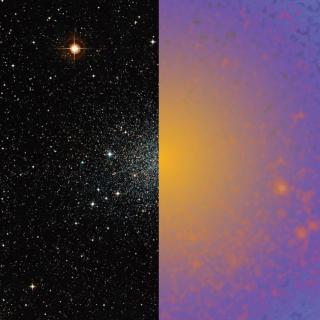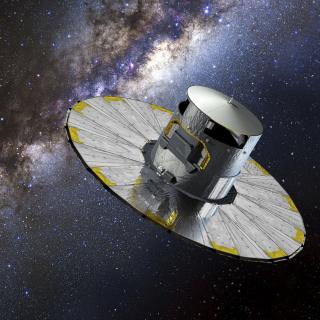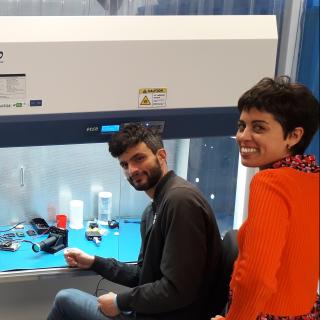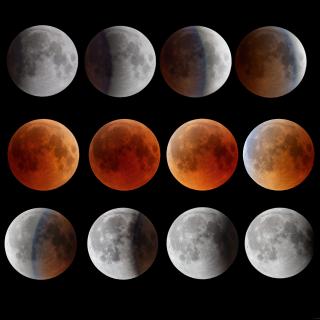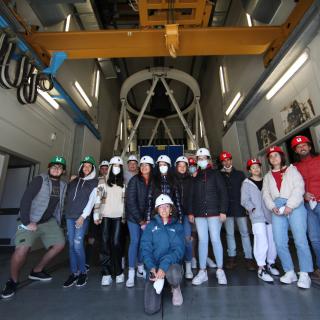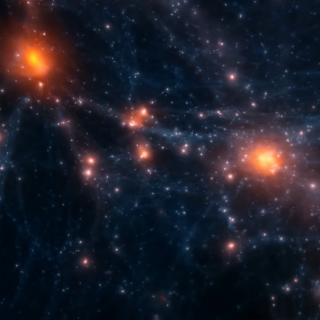
The Instituto de Astrofísica de Canarias (IAC) has led the development of a new numerical procedure that allows to reproduce in a few seconds with Big Data and machine learning techniques the intergalactic medium obtained from a cosmological simulation of 100,000 hours of computation. Thanks to this algorithm, called Hydro-BAM, researchers have been able to exploit the hierarchy in the relationship between the properties of dark matter, ionized gas and intergalactic neutral hydrogen, ingredients that make up the large-scale structure of our universe. The research has also made it possible to
Advertised on
